In the fifth century, Pope Leo the Great observed in a sermon about Christ’s Ascension (and later famously cited by the Benedictine monk Dom Odo Casel): “What is visible in our Redeemer has now passed over into the mysteries.”
In a sense, the Liturgical Movement, which began in the 19th-century, is like one of those cultural phenomena which go on around us, but unless we are of a certain generation, or have a particular interest in the subject, we do not know it is even happening, in the course of time, we become enveloped by it. This is particular true for us of the Anglican/Episcopal liturgical tradition, for we encounter the spirit of the Liturgical Movement when we celebrate the eucharist, using any of the various Rite II prayers from the 1979 Book of Common Prayer. But how did it get that way? The Liturgical Movement had (and still has) several objectives: to rediscover the worship norms of the Early Church (and to some degree the Medieval Church) and incorporate them into the liturgies of our time: to study and analyze the history of worship; broaden the examination of worship as a human activity; and, perhaps most importantly, revitalize the worship experience among the faithful, so it can become more expressive for teaching and mission. It is important to grasp that while some of the objectives may seem academic and scholarly, worship and liturgy are in reality gifts from God, given to us in part to draw us closer to one another and nurture a more meaningful and spiritual relationship to God. And over the next few “Insights,” we will attempt to explore how this is worked out in our 1979 Book of Common Prayer.
Another curiosity of the Liturgical Movement of the last 200 or so years, is how relatively obscure figures played an inordinately important role in contributing to it none could be more identified with this phenomenon than cited Dom Odo Casel, who is credited with the theological and liturgical development known as Mystery Theology. It is often difficult for us to appreciate that the word mystery occurs 27 times in the New Testament. St. Paul uses it 21 times just in his Letter to the Ephesians. So the word mystery is no stranger to our spiritual ascetic, but to be perfectly candid, this is deep and dense theological “stuff,” which will be briefly introduced on this occasion and pursued more going forward it is particularly an appropriate topic for St. Mary’s because of our “high” or Anglo-Catholic liturgical and sacramental ethos. It would be useful for us to recollect, however, that we just experienced the Paschal Mystery of Holy Week: Christ’s passion, death, and resurrection, the apogee of our liturgical year. So, why then all this talk about mystery? Mystery Theology can be summed up in one word…Christ. And in our celebration of the eucharist, not only is Christ present in the bread and wine, but the entirety of Christ’s scripturally historical life among us is encountered in this Rite. He is there in an “in the moment” manner. All the teachings, supernatural events, prayers, parables, conversations, healings…everything, even from the beginning of time, Christ is “there”, not as a memorial or an act of divine grace, but literally present. And most important of all, we are present with him in these “acts,” as well. Critical to understanding, this reality is found in St. Paul’s Letter to the Ephesians: “With all wisdom and insight he (God) has made known to us the mystery of his will, to gather up all things in him (Christ), things in heaven and things on earth.” The power of this revelation of God’s plan for our salvation…this “gathering up of all things”… from the beginning of time through Christ, can be daunting and challenging. But given the nature of our beliefs and what we are already called upon to affirm in our Creed, our reach should not exceed our grasp; and with it, incalculable strengthening of our faith.

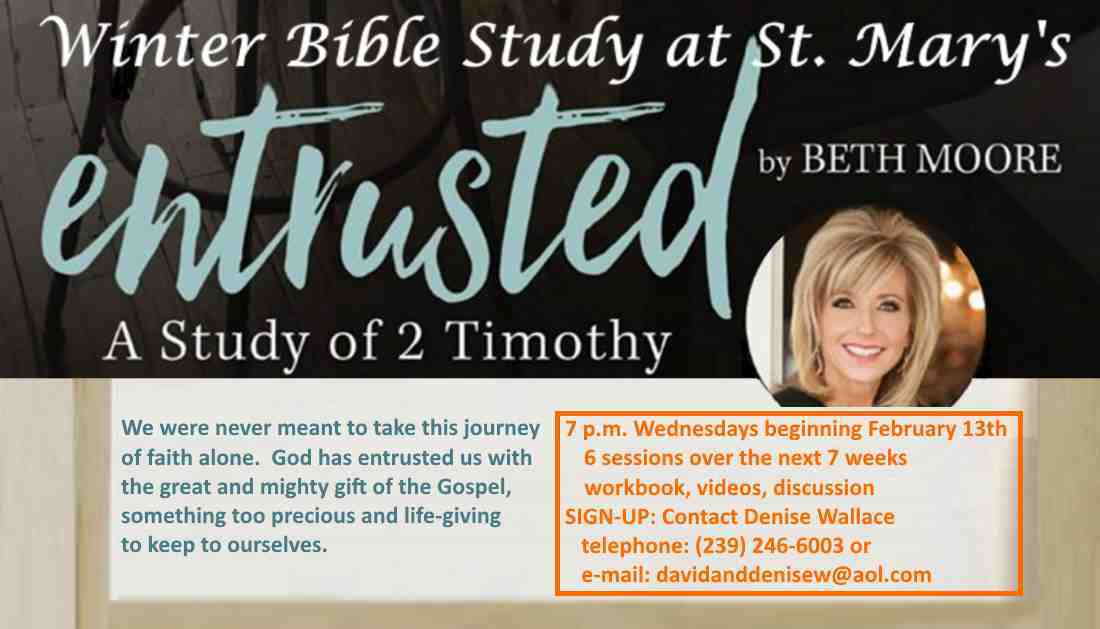
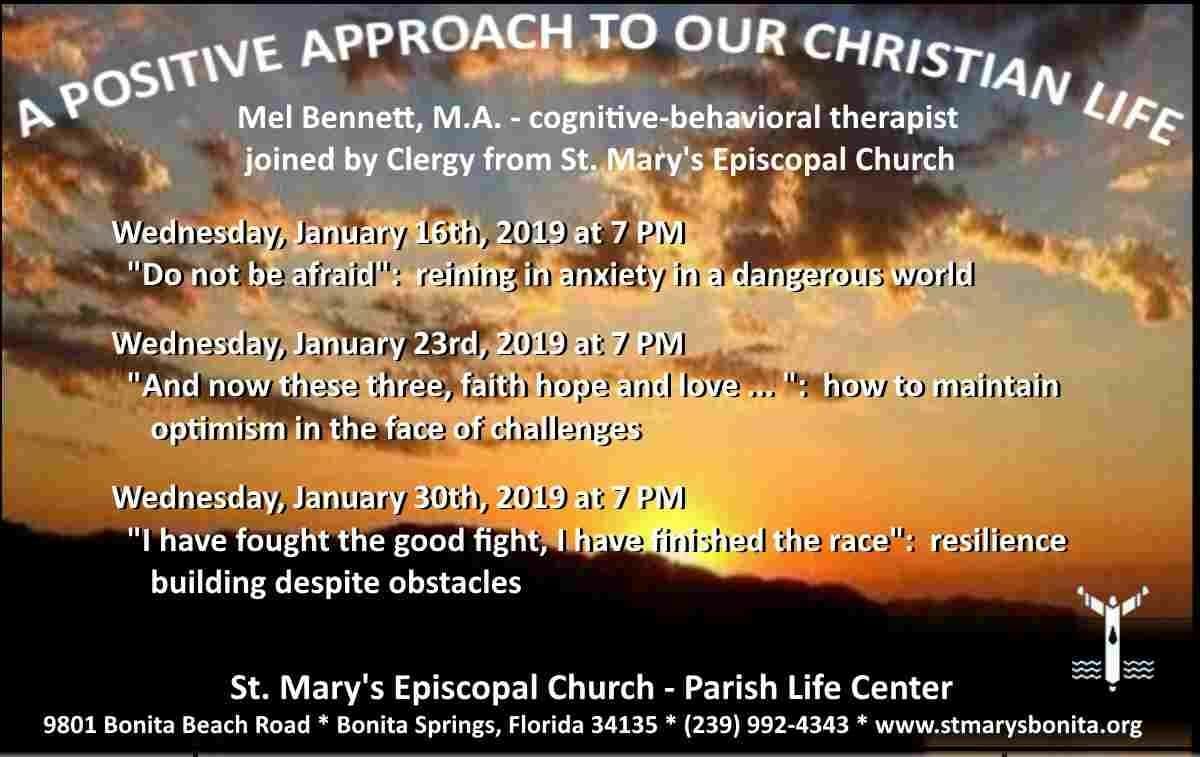
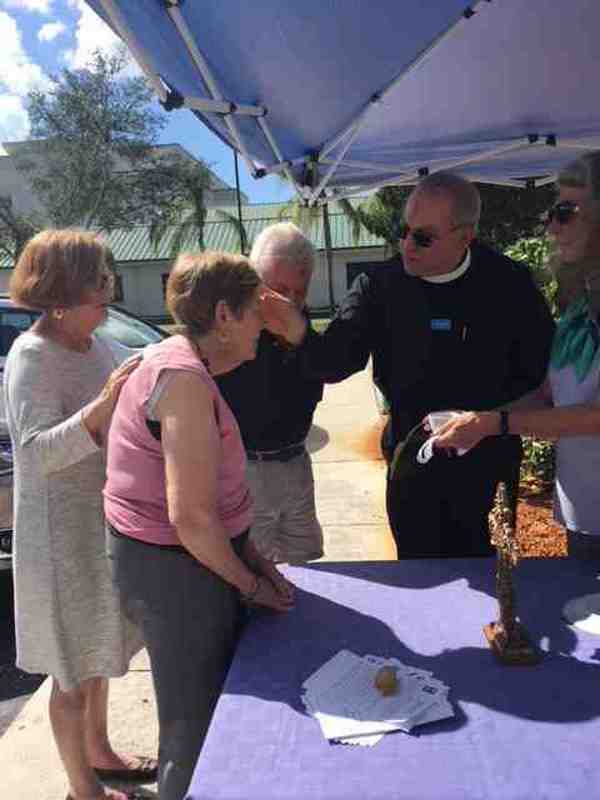
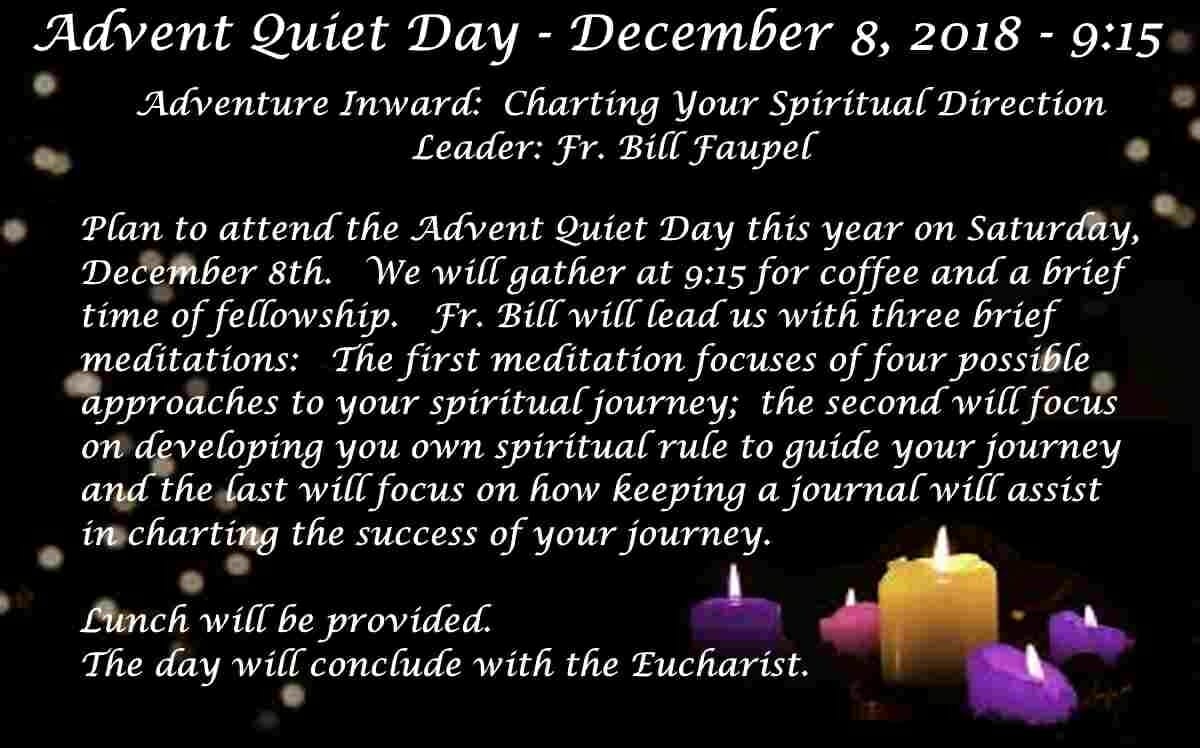
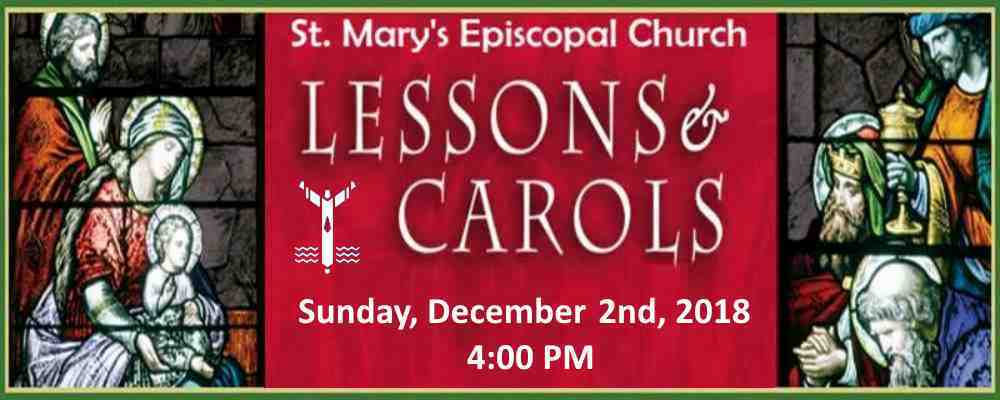

Leave A Comment